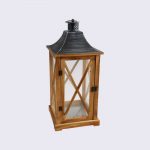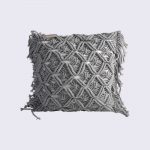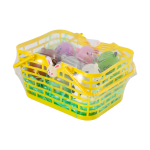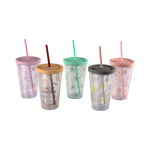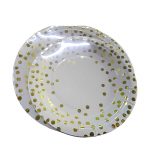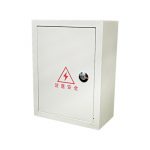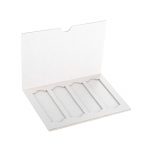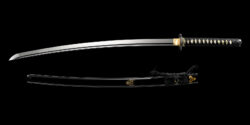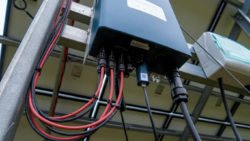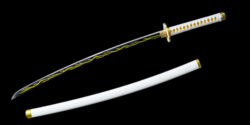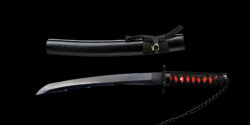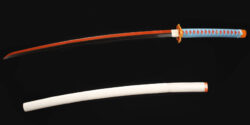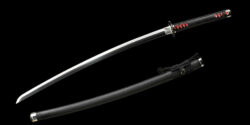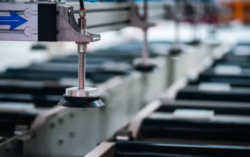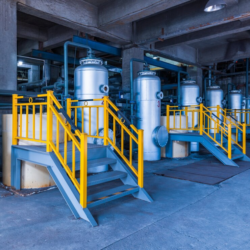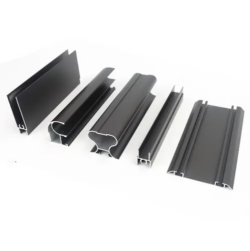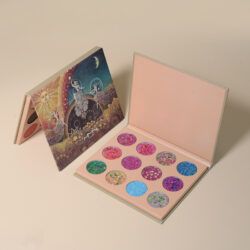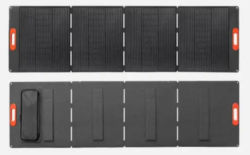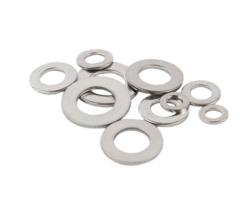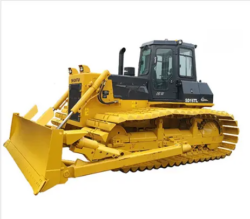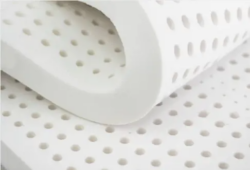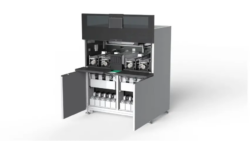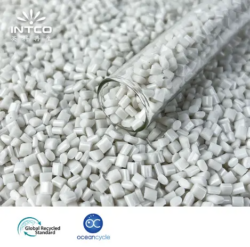The Innovative Process and Sustainable Impact of the Bamboo Fiber Tableware Factory
https://www.cnnlh.com/product/bamboo-fibre-kitchenware/
The unanimous push towards a more sustainable future has catalyzed a change in many industries. The tableware industry has not been left behind. In our quest for greener alternatives, traditional ceramic or melamine tableware has been progressively replaced by more eco-friendly options. One such sustainable alternative gaining widespread recognition is Bamboo Fiber Tableware. The Bamboo Fiber Tableware Factory is at the forefront of this movement, crafting tableware that is not only beautiful and functional but also environmentally friendly. Bamboo fiber tableware is slowly taking over the market, thanks to the numerous benefits it offers.
Apart from being renewable and biodegradable, bamboo fiber is also known for its natural antimicrobial properties. At first glance, it strikes a balance between durability, functionality, and aesthetic appeal. It’s hard to resist the natural warm hue of bamboo products, the soft grain texture, and diverse designs, which have a universal appeal. The Bamboo Fiber Tableware Factory has been innovative in utilizing this natural resource to produce a range of products, including plates, bowls, cutlery, serving trays, and more. From sourcing the raw materials to crafting the final product, the Bamboo Fiber Tableware Factory is an endless hive of activities.
The process begins with the harvesting of bamboo from controlled plantations; this is in line with efforts to maintain a balance in bamboo groves at all times. After being carefully selected, the bamboo is then cut into suitable sizes. It is important to note that unlike trees, cutting bamboo doesn’t end its life; instead, it rejuvenates and grows back faster, making it a sustainable material of choice. Next, the bamboo is processed to extract the fiber. High temperatures are used to remove the lignin and other non-fiber components, leaving clean bamboo fiber. These natural fibers are then ground into a powder.
The bamboo fiber powder is then mixed with resin, an adhesive that helps bind the fibers together to form a hard but lightweight material that is suitable for making tableware. The mixture is then poured into molds in the shape of the desired product- be it a plate, bowl, or spoon- and heated under high pressure. Upon cooling, the tableware is released from the molds, smoothed, and polished to give a finished product that is ready for the market. The Bamboo Fiber Tableware Factory doesn’t just stop at producing high-quality bamboo tableware. Conscious of the impacts of its operations on the environment, it implements a series of eco-friendly measures. For instance, most factories use bio-energy sourced from bamboo residues to power their operations.
In addition, waste from the manufacturing process, like bamboo shavings, is recycled back into the production cycle. This ensures a closed-loop system and minimal wastage. It is this combination of innovation, commitment to quality, and sustainability that makes the Bamboo Fiber Tableware Factory stand out. Not only has it brought a unique and eco-friendly alternative to tableware, but it has also raised the bar for sustainability in the manufacturing sector. As we move into an era where environmental consciousness is at the forefront of consumer choices, it is manufacturers like the Bamboo Fiber Tableware Factory that are leading the charge towards a greener future.
In conclusion, the Bamboo Fiber Tableware Factory not only capitalizes on the unique properties of bamboo to produce an aesthetically appealing and functional product line but also prioritize on sustainable practices throughout the overall production process. The rise of bamboo fiber tableware is indicative of an encouraging shift towards embracing eco-friendly alternatives, an advancement facilitated by the innovative processes and sustainable practices of the Bamboo Fiber Tableware Factory.

